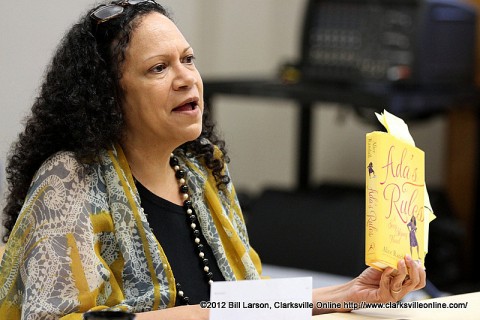
This woman is said to have collapsed in July 1936, after an emotional collapse, and hospitalized for three months at that time and again, for a month, in 1940.

She was born “into slavery” on a cotton farm. The resident’s name was Prissy Cynara Brown, and what the reader is holding is the transcript of her leather-bound diary, of which a transcript was later prepared. “It was among the effects of an elderly colored lady who had been in an assisted-living center just outside Atlanta.” The premise of The Wind Done Gone is that it was discovered, as a document, in the early 1990s.

I”m glad that I waited it’s hard to imagine a book more different in style and scope. And, in short, I was curious.īut even though I fetched a copy of the book in short order, I took some time in getting down to reading it. I was willing to forgive the cheezy cover because the “Unauthorized Parody” sticker suggested that the designers were taking a good poke at Southern-Belle-ish-ness. I was so curious that I immediately travelled to a branch library in the city to snag a copy.

Somehow I missed news of the publication of Alice Randall’s parody of the Pulitzer-Prize-winning novel ten years later.īut my horror at my re-reading of Gone with the Wind, which I had loved when I read it in my sixteenth summer, was countered with great excitement at the idea of the story being retold from a perspective which infuriated the Mitchell Estate. Nobody had heard of Alexandra Ripley, but everybody wanted to know what happened to Scarlett. When Scarlett, the sequel to Gone with the Wind that the Margaret Mitchell Estate authorized, was published in 1991, the world of books was abuzz.


 0 kommentar(er)
0 kommentar(er)
